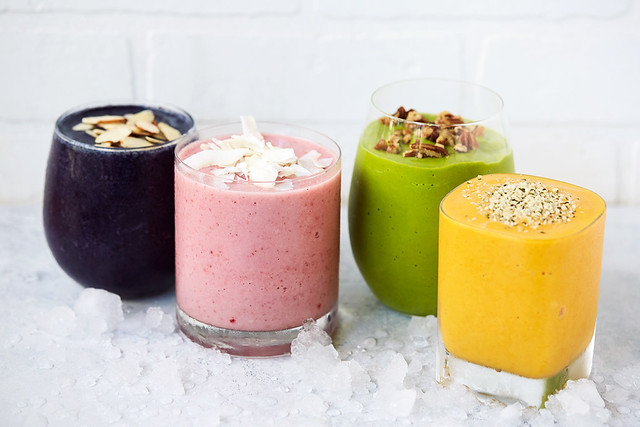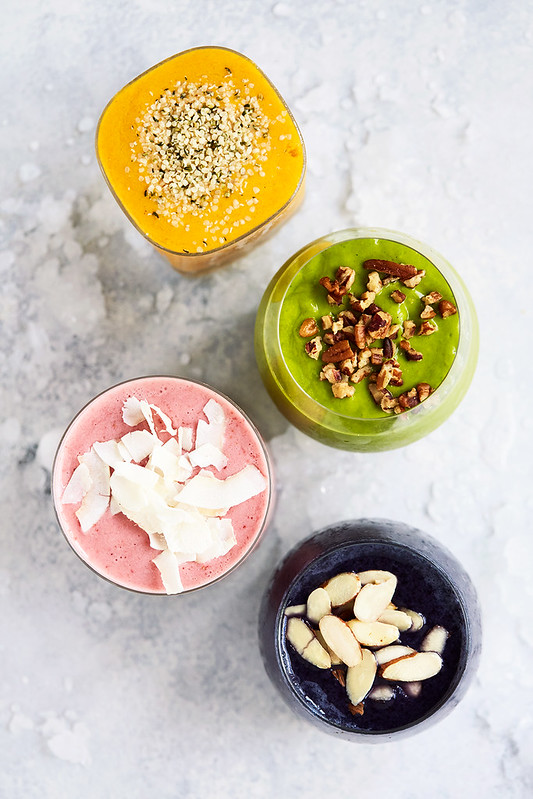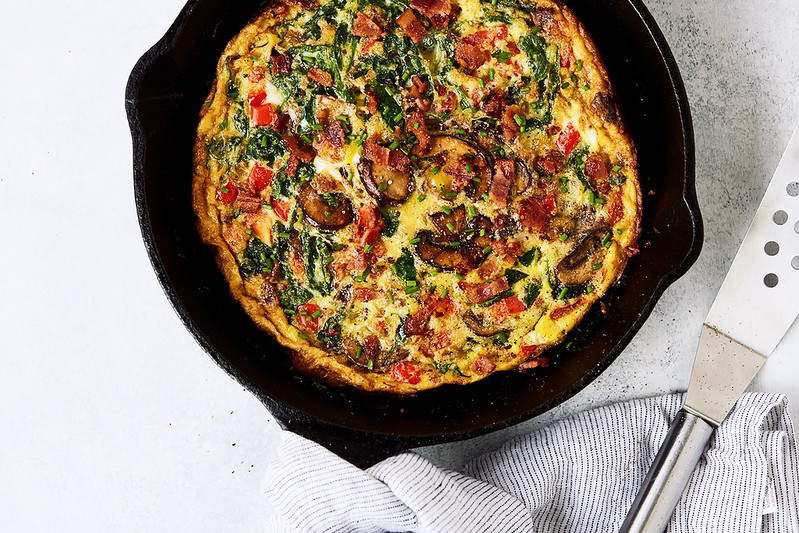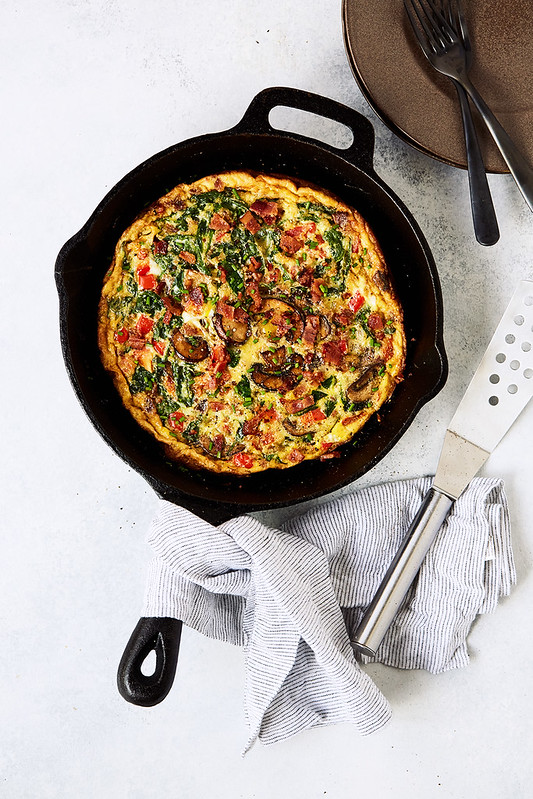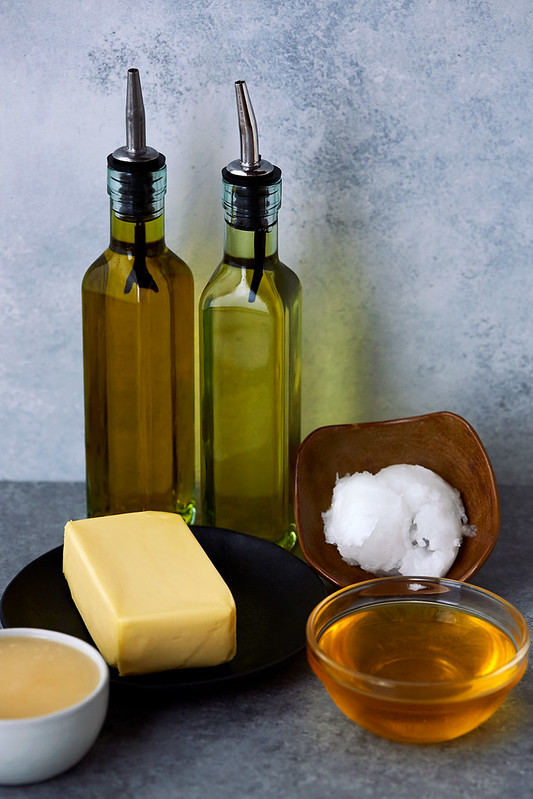-
11 Natural Ways to Boost Your Immune System
A healthy body is dependent on a strong immune system. Rather than just strengthening our immune system we want to train our immune system to do it’s job correctly. Today I am sharing just some of my favorite natural tips for supporting and building a strong immune system that have worked for me. Here are 11 Natural Ways to Boost Your Immune System…
11 Natural Tips to Boost Your Immune System
Simple, holistic tips to fight illness and strengthen your immunity PLUS what you can do if you do get sick, to fight it quickly.
Go With Your Gut
I can tell you from personal experience that the very best way to ward off chronic illness, colds, flus, infections, allergies, food sensitivities and controlling / avoiding autoimmune disease is to heal and strengthen the gut! With 70-80% of our immune system’s cells occupying our gut, this is home base for our vitality and wellness. Our gut bacteria helps the immune system’s T cells develop—teaching them the difference between a foreign substance and the body’s own tissues. Without these important immune soldiers doing their job to protect us, the nasties get in, they slip by the troops, invade, wage war, take over and it’s not fun!
With years of comprised digestion, intestinal bacterial overgrowth and finally being diagnosed with a parasite, I personally spent a solid decade to 15 years, getting terrible sinus infections, several times a year, every year, most times it then eventually evolved into bronchitis and upper respiratory infections. I got every single strain of every cold, flu and stomach bug that passed through town – I even battled the Swine Flu when that was a thing. On top of all of that, I suffered for many, many years with a variety of environmental allergies – ALL of this stopped when I finally healed my gut and prioritized proper digestion. It’s magical really. But, it’s not. It’s simple.
As you’ll hear echoed many times throughout this article, and if you spend more than about 5 minutes chatting with me at any given time, our gut is vital to our immune health and it’s the control center for our bodies to decide what is friend and what is foe. I highly encourage you to prioritize optimizing your gut, both for the cold and flu season ahead, as well as the future of your overall health and wellness. If you want to learn more about how to heal your gut – GRAB THE FREE GUT HEALTH 101 GUIDE BOOK
Along with tips for strengthening and healing your gut, here are some tips to Naturally Boost Your Immune System:
-
Cooking Fats and Oils: Which to Include and Which to Avoid
Cooking Fats and Oils: Which to Include and Which to Avoid
Fats and oils are a necessary part of cooking, but using the right ones are down right essential to living a healthy and vital life. Just like rest of what we eat, a good rule of thumb with fats and oils is to always opt for organic and you should avoid overly-processed, highly refined fats and basically anything that your grandmother wouldn’t recognize as traditional food (i.e. basically ALL highly-refined vegetable and seed oils) – but to be frank, there is a lot more to the story! Not only do the types and quality of fats and oils matter – but so does their proper use. Honoring the various molecular structures of the different fats is the best way to insure that you are using them appropriately, without causing damage to the fats and in turn, negative affects on our health.
Here is a quick resource guide including the various uses for each:
-
4 Reasons to Avoid Vegetable and Seed Oils
4 Reasons to Avoid Vegetable Oils. Vegetable oils are NOT healthy! Read on to discover the 4 biggest reasons to avoid these terrifying, toxic fats!
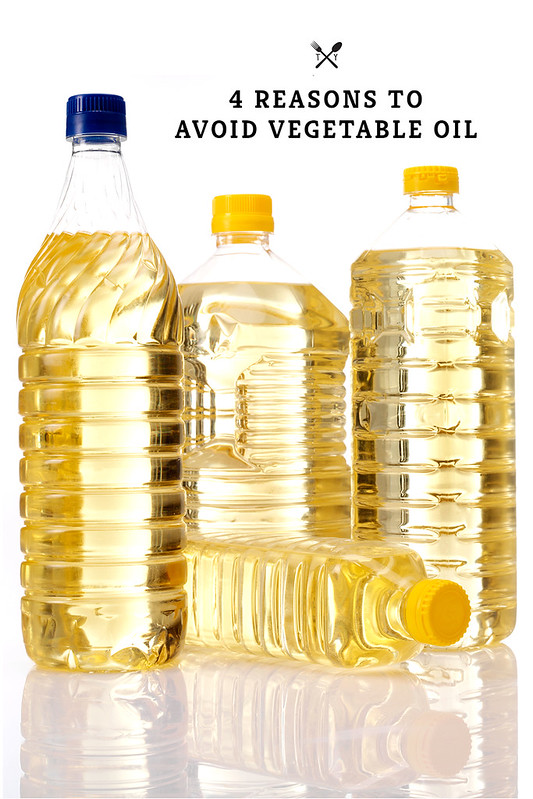
On the regular I find myself saddened and unpleasantly surprised by the lack of easily accessible, reliable information and data concerning food, nutrition and health. Truthfully, looking back, it’s amazing how little I myself knew, before I started down this long, self-initiated, ongoing path of nutritional education and empowerment of the past 10+ years. I am often reminded these days that I live in a bubble of sorts, surrounding myself virtually and otherwise with bloggers, healers, nutritionists and content creators whose lifestyles mirror my own. Reading books, listening to podcasts and following doctors and researchers creating and sharing important information and research about health and nutrition. I tend to forget and maybe I even take for granted, how much I do know and often I find myself making sweeping assumptions that everyone else knows most of it, too. I know for so many of you this post and this information is old news, it’s a rerun, you’ve heard it before. But if this post reaches even one new person, if I can send my new nutritional clients, who are still cooking with vegetable oils, here to learn more, then it’s a success!
As I enter the homes of my nutritional clients, as well as my close friends and family members, the number one thing I see among their food choices, that I immediately want to remove from their pantries and toss aggressively into the garbage: is vegetable and seed oils. In my opinion, vegetable oils are far worse than any overly refined carbs, white sugar or high fructose corn syrup. This deadly, Frankenstein-eque, lab-created “food” (if you can even call it that) is wreaking more havoc on people’s health than possibly anything else and sadly it’s being overlooked by so many. Much of this comes from Western medical practitioners who are woefully uneducated in nutrition or those whose nutritional education is sorely dated, built on antiquated and debunked health myths of previous generations. Or maybe it’s the fact that big food industry in our country has a large stake in corn and soy production and these have become, by far, the cheapest crops we are growing, thanks to government subsidies. Take a look at most packaged and processed foods and I can almost guarantee you will find one or both of these foods somewhere on the label.
The edible oil industry in our country, “Big Ag” and their marketing “geniuses” sought to demonize tropical oils and other saturated fats and in turn, in the same breath to promote their own vegetable oils, like corn and soybean oil. This great movement toward the excessive use of polyunsaturated fats and the demonization of saturated fats came with the advent of the “Lipid Hypothesis” — which featured fraudulent research made by a terrible scientist named Ancel Keys who made unsubstantiated claims that saturated fat and cholesterol were the cause of heart disease and ignored research and data that didn’t support his argument. We can see how well all that has gone!
The fats used in this study were hydrogenated, processed fats, known to be extremely irritating to the body, particularly the vascular system. Cholesterol acts as a healing agent to repair and protect the arteries and veins. Therefore, the more irritation, the more cholesterol will mobilize to save the day! Research now shows us that dietary cholesterol intake has VERY LITTLE to do with over all cholesterol levels, so this part of the theory was off target as well. Today, the Lipid Hypothesis continues to be promoted by most medical professionals and pharmaceutical companies, as well as the modern food processing giants, who profit from such flawed research. Saturated fatty acids from healthy sources nourish the vascular system, enhance immune function, protect the liver from certain toxins (including alcohol), aid in calcium absorption, and increase cellular membrane integrity. Keep in mind that heart disease was considered a rare condition before the 1920’s, but spiked dramatically from 1910 to 1970 as Americans began consuming less saturated animal fats and increasing amounts of vegetable fats in the form of margarine, shortening and adulterated, refined oils of all types. Our not-so-distant ancestors consumed healthy sources of saturated fats each and every day with no adverse health effects whatsoever! 1Fats: Safer Choices for Your Frying Pan and Your Health By Caroline Barringer, CHFS, NTP
After going through the Nutritional Therapy program at the NTA to become a certified Nutritional Therapy Practitioner I have found myself more inspired than ever to want to help people, to share what I know and to do whatever I can to help make a change in our health, our very broken food system and to empower people to make the very best choices for themselves and their families. So let’s start with one of the most important topics: 4 Reasons to Avoid Vegetable and Seed Oils!
What are Vegetable Oils?
Vegetable oils are oils that are extracted from seeds, germs or beans, such as corn, sunflower, safflower, soybean, or rapeseed (canola oil), etc. Non existent until the early-1900’s, vegetable oils are one of the most unnatural “foods” you can find. Vegetable oils are PUFAs, which stands for Poly-Unsaturated Fatty Acid. In chemical terms, that means that the fatty acid has more than one (poly) double bond in the carbon chain. They’re unsaturated because they’re missing out on what saturated fatty acid has — hydrogen atoms. In a sense, that makes the bonds sort of incomplete. So, imagine a chain of links that are sort of missing a joint or two, on each and every link — it wouldn’t be very strong or stable. These messed up and broken chains make for highly unstable fats that are prone to oxidation in the presence of heat and light, during cooking, sitting on the shelf in the grocery store or in your kitchen pantry and even in your body and they turn rancid, which our body reacts terribly to. Our body attempts to respond to and neutralize the oxidization by utilizing its stores of antioxidants. This oxidization process causes cell mutation, which we see in chronic inflammation, the source of most of the worst illness plaguing our society, cancer, heart disease, etc.
It’s really pretty simple. Because of their instability, and the negative effects on the body’s systems these oils have in excess, PUFA are just plain bad.
The most common vegetable oils on the market are:
- soybean oil
- canola oil (rapeseed oil)
- sunflower oil
- corn oil
- cottonseed oil
- “vegetable” oil
- safflower oil
- peanut oil
- grapeseeed oil
- rice bran oil
- margarine
- shortening (made from above oils)
- fake butter or spreadable butter-type spreads (I Can’t Believe it’s Not Butter, Earth Balance, Smart Balance)
Thankfully less and less people are cooking with these oils at home these days, however unfortunately it’s still not enough to just not buy these cooking oils at the store. Be aware that many/most processed foods contain these oils so you have to be sure to read labels. Salad dressings, condiments like mayo, sauces, crackers, cookies, chips… check your ingredients. You can also bet that most restaurants are cooking in vegetable oils, because they are so cheap! Unless a restaurant specifically states otherwise, their fried foods are all cooked in soybean, cottonseed or some other highly toxic vegetable oil.
(Note the term “vegetable oil” does NOT apply to healthy plant oils like olive oil or coconut oil, which are extremely healthful)
4 Reasons to Avoid Vegetable Oils
References
1. ↑ Fats: Safer Choices for Your Frying Pan and Your Health By Caroline Barringer, CHFS, NTP

